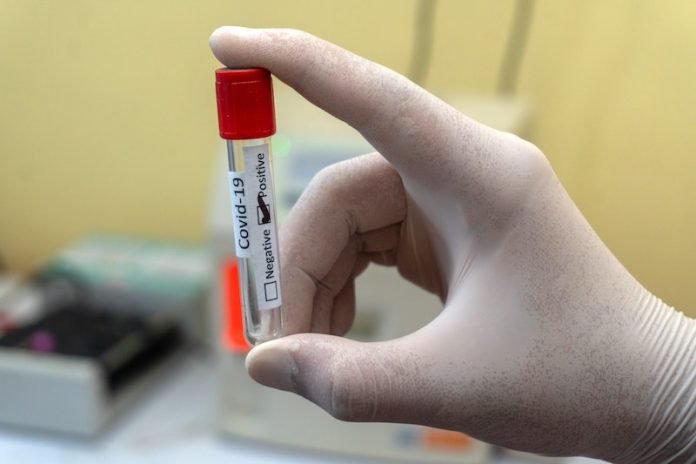
In a new study, researchers found that a new test for SARS-CoV-2 viral proteins known as antigens could determine which COVID-19 patients are most likely to become critically ill.
This test could help improve the management of COVID-19 by enabling hospitals to ensure that these patients have access to intensive care.
The research was conducted by a team at Brigham and Women’s Hospital and Harvard University in Boston.
While many people who catch COVID-19 recover without medical intervention, roughly 20% of COVID-19 patients require hospitalization, and about 5% end up in the ICU, with most of those in intensive care also requiring ventilators.
It is therefore imperative that hospitals set aside an adequate number of ICU beds and ventilators for these patients.
In areas of the U.S. where most ICU beds are currently occupied, knowing which COVID patients are at risk of decline could help healthcare systems to better allocate these essential resources.
Identifying patients who are likely to experience severe illness is also especially crucial in low-income communities because nearly half of these communities in the U.S. have no ICU beds at all.
This means that clinicians in these areas need to identify patients at risk of deterioration early so that they can transfer these patients to better-equipped hospitals as quickly as possible.
In the study, the team developed a test that could identify patients who are likely to need intensive care.
Known as the Single Molecule Array (Simoa) SARS-CoV-2 antigen test, it is the first test that both detects and measures blood levels of S1—a protein that is part of the SARS-CoV-2 viral envelope.
After developing the test, the researchers tested its performance in 64 patients who tested positive for COVID-19 via standard diagnostic PCR testing for the virus.
Of these patients, 23 had undetectable S1 concentrations, another 23 had low concentrations (6-50 pg/mL), and 18 patients had high concentrations (>50 pg/mL).
Importantly, the researchers found a strong connection between S1 concentrations and ICU admissions.
77% of the patients with high concentrations were admitted to the ICU and required intubation within 1 day of presentation at the hospital.
In comparison, only 52% and 30% of patients with low and undetectable concentrations, respectively, required intensive care.
These results suggest that high S1 concentrations in plasma upon presentation to the hospital correlate with severe cases of COVID-19 that can result in respiratory failure and require immediate intubation.
Severe COVID-19 cases with acute respiratory distress syndrome can result in damage to endothelial cells and vascular leakage and we propose that this damage can lead to the discharge of viral antigens into the blood.
One author of the study is David R. Walt, Ph.D.
The study is published in Clinical Chemistry.
Copyright © 2020 Knowridge Science Report. All rights reserved.



